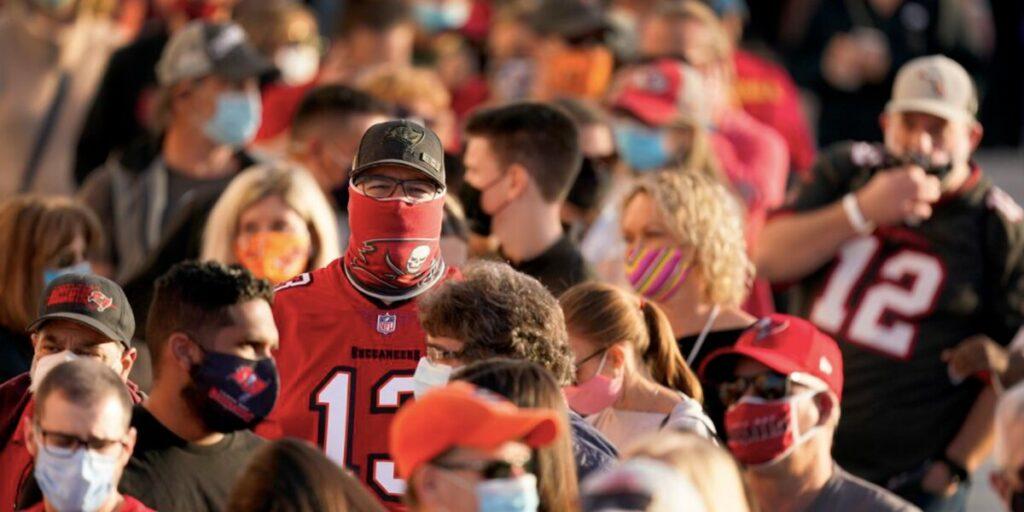As states begin to re-open different events and public gatherings, one major cause for worry is the rehosting of sports events. Sports — many of which are played and watched indoors — regularly conflict with CDC health guidelines and could contribute to yet more COVID-19 surges.
Many past sporting events, although they have attempted to adhere to CDC health guidelines, have acted as superspreaders for the virus. Since sporting events haven’t always required coronavirus testing as a prerequisite to attend, sporting events often spread the virus through asymptomatic patients. This transmission is often far more harmful than day-to-day transmissions of the virus, as far more people are exposed to the virus at once, and these people, in turn, expose it to hoards of others.
In fact, many NBA and NHL games in 2020 caused the number of coronavirus deaths to increase by 9 percent in the surrounding areas.
Even for sporting events that do their utmost to maintain safe conditions, holding these events isn’t worth the risk of directly or indirectly spreading the coronavirus.
In February, the Super Bowl took place in Tampa, Florida, where nearly 22,000 people attended live. With such large numbers attending the event, the game was speculated to cause coronavirus surges around the region and even beyond, as many viewers flew in to watch the game.
Due to the Super Bowl’s heavy safety measures, however, the game did not result in any large surges of coronavirus. The stadium was filled to only 20 percent capacity, face mask-wearing fans sat in pods of two to three, 7,500 onlookers were vaccinated and the game was held outdoors.
The Super Bowl had to go to even greater lengths to ensure the safety of the half-time show, which featured dancers and technicians flown in from across the country. The 1,072 performers in the half-time show were tested multiple times and wore masks throughout every practice and the eventual show.
Due to all of these extensive safety precautions, few coronavirus cases were ever traced to the Super Bowl. In total, the event only resulted directly in 57 coronavirus cases.
While this number is low compared to the magnitude of the event, it proves that there is little means to completely prevent the spread of the virus, especially when not every league or team will have the vast resources available to the NFL. With that in mind, it is safer to refrain from hosting large sporting events with audiences.
Since most sporting events do not have the same budget as the Super Bowl, testing every attendee is not an option. Even though leagues can practice social distancing and masking, the yelling, cheering and intermixing of onlookers from different geographical regions can drastically increase the spread of COVID-19.
Additionally, the recent decline of coronavirus restrictions, such as Texas removing its mask mandate in March, may further increase the risk of coronavirus that sporting events pose. Many sports teams have expressed interest in allowing fans back into stadiums, and this, combined with a premature removal of the mask mandate, could cause extreme surges in cases nationwide.
Indoor events and mask-less gatherings are two of the largest spreaders of coronavirus — and sporting events are often both.
Instead, most teams, especially those that compete indoors, should continue to host games for fans to watch online only. Sports events can still be enjoyable for fans online, and the safety of viewers should be a priority.
Although the Super Bowl may have been relatively safe, teams should generally delay organizing these events until conditions are safer to prioritize their fans’ safety over money.


























